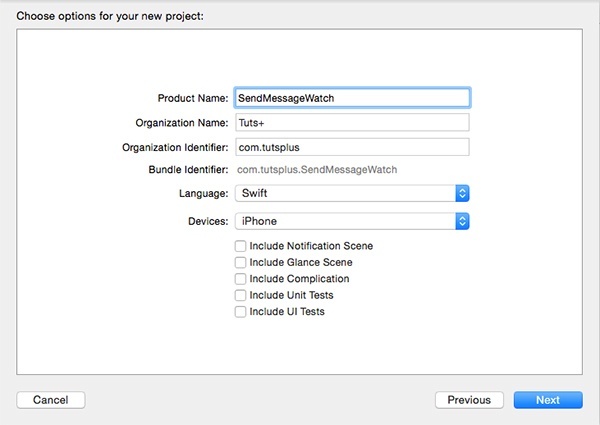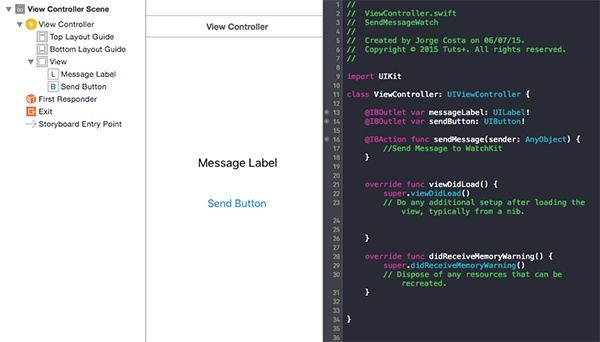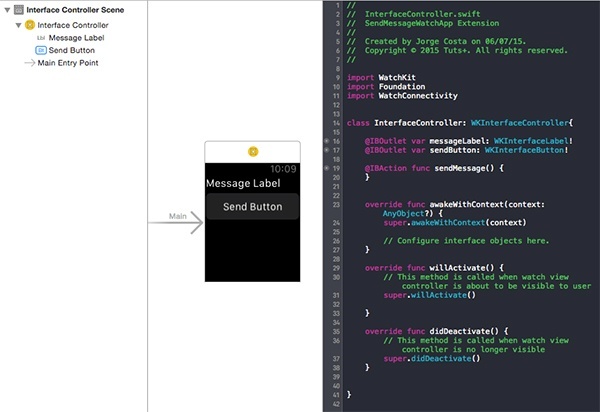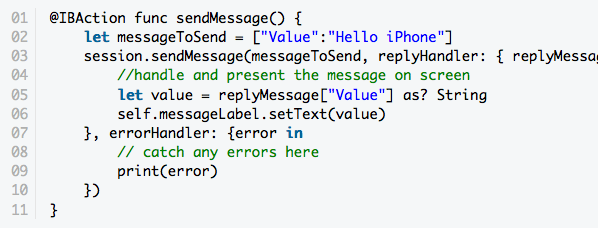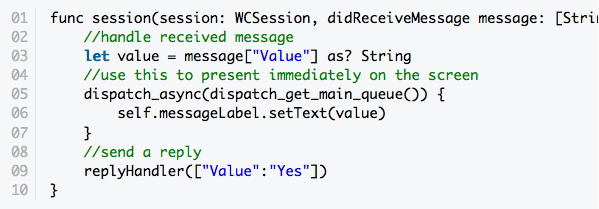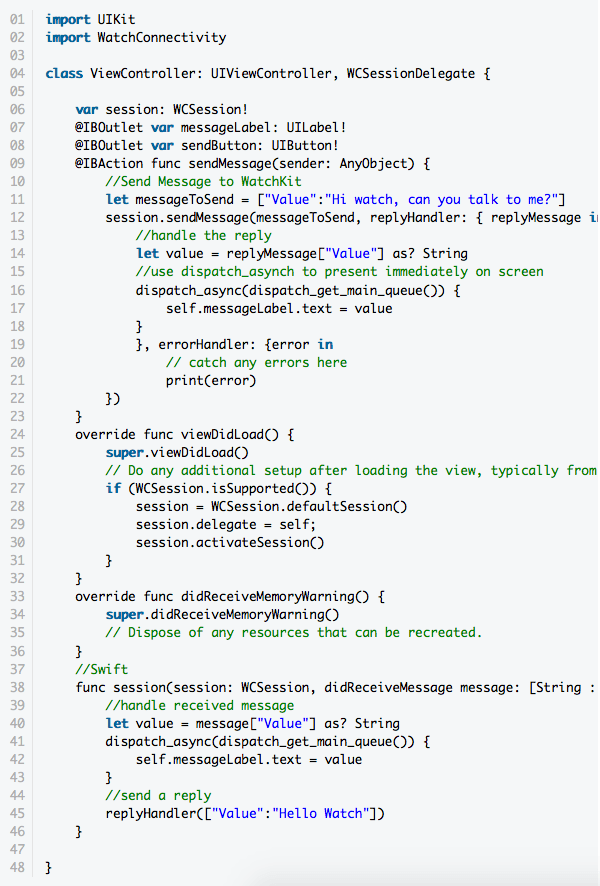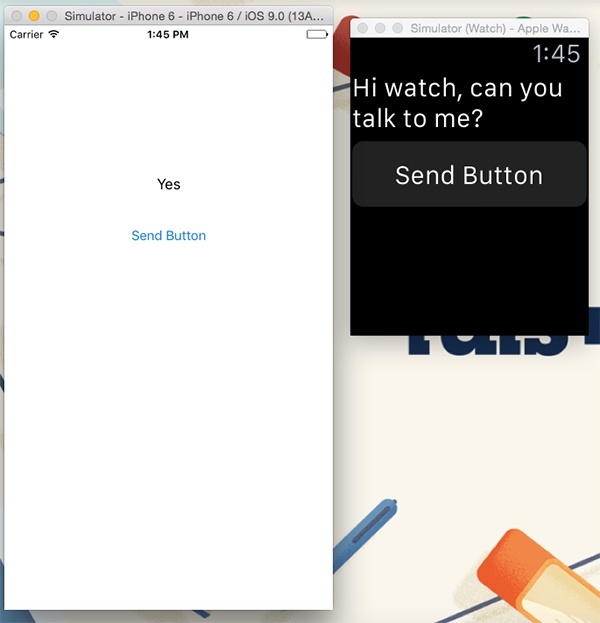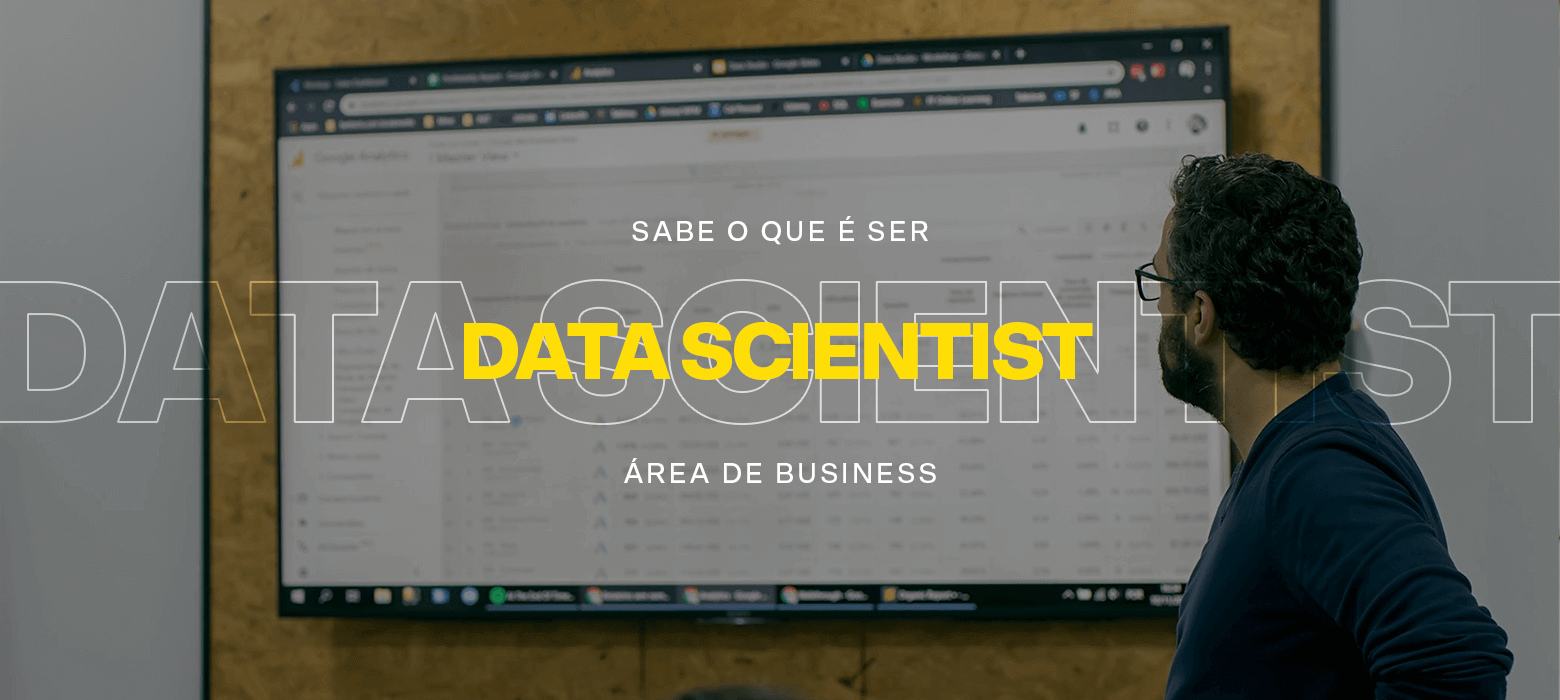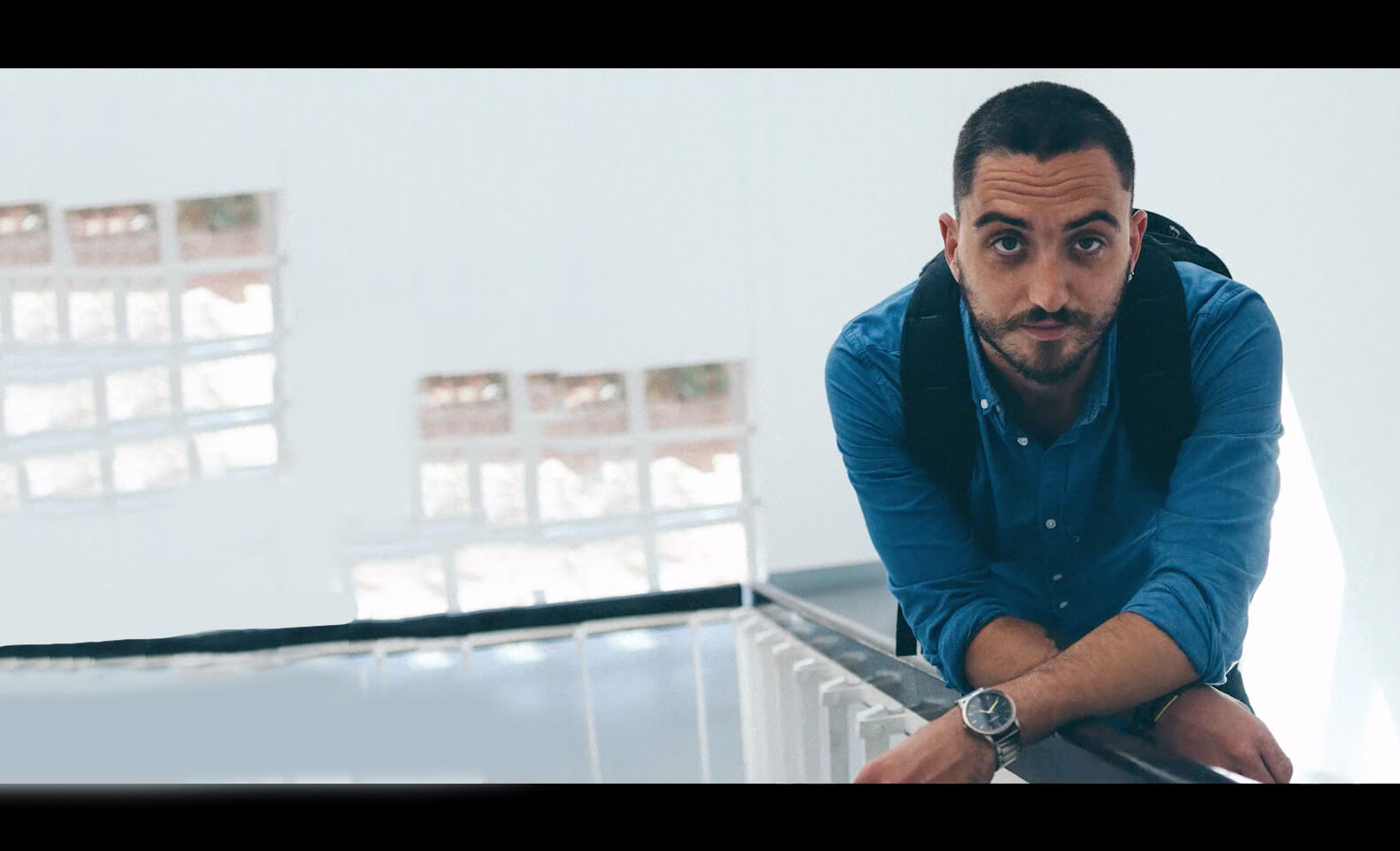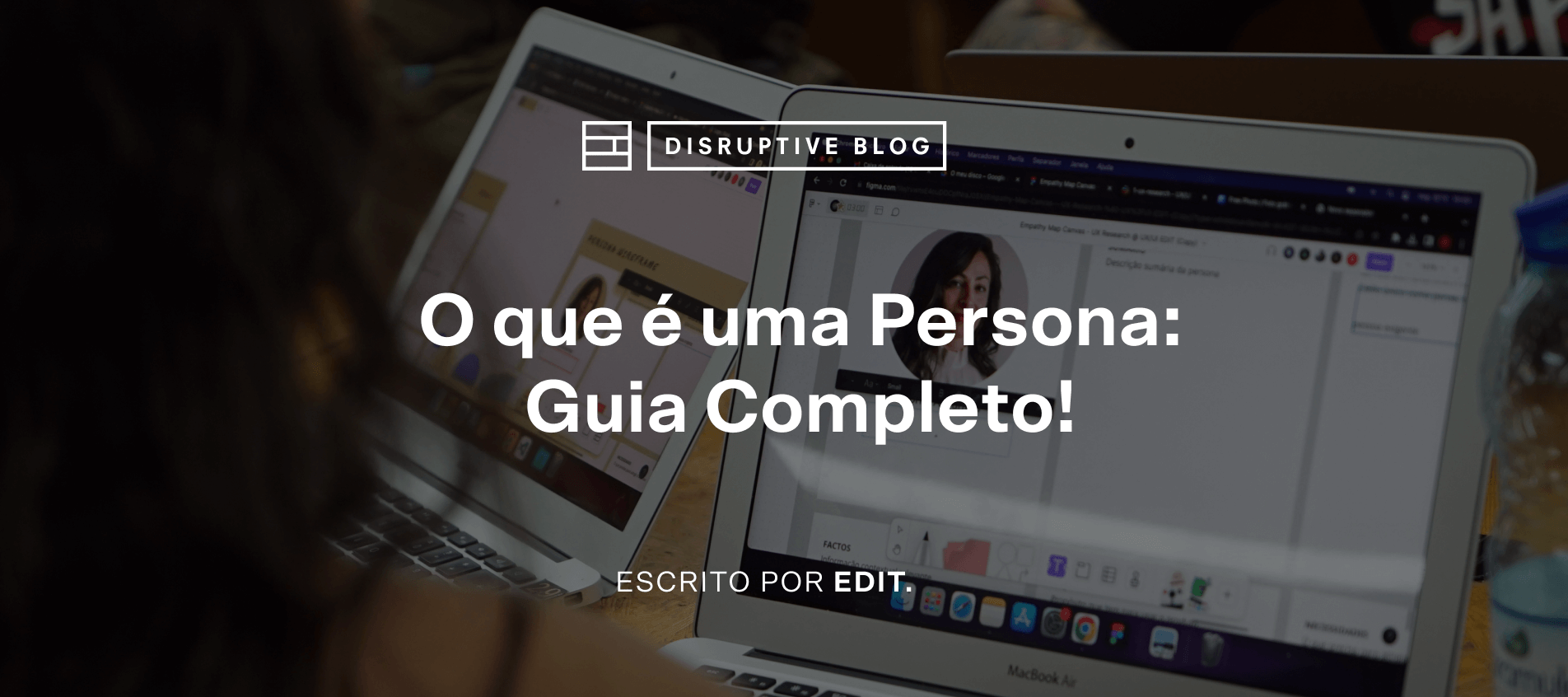Ever since the release of Apple Watch, developers have been debating and presenting techniques to overcome the limitations of watchOS 1. Developers have wondered, for example, how to reliably communicate between a watchOS app and its parent iOS app, and vice versa.
A number of solutions have been available to solve this problem, such as MMWormhole. Of course, Apple has been well aware of the limitations of watchOS 1 and the release of watchOS 2 resolves a number of the limitations of watchOS 1. Communicating between a watchOS 2 app and its parent iOS app, for example, has become much simpler thanks to the introduction of the Watch Connectivity framework.
Watch Connectivity
The Watch Connectivity framework provides several ways to communicate between an iOS and a watchOS 2 app. With the Watch Connectivity framework, you can update information on a counterpart, send messages, transfer data in the background, and even transfer files. To learn more about all the framework’s features and capabilities, I recommend browsing Apple’s documentation for the Watch Connectivity framework.
In this tutorial, I will show you how to exchange data between a watchOS 2 app and its parent iOS app, and vice versa. The API we’ll use to accomplish this is sendMessage(_:replyHandler:errorHandler:). This method lets developers transfer data between the watchOS 2 app and its parent iOS app.
It’s important to note that the iOS and the watchOS 2 app respond differently when sendMessage(_:replyHandler:errorHandler:) is invoked. If this method is invoked by the watchOS 2 app, the iOS app will be woken up by the operating system. If you send data from the parent iOS app to the watchOS 2 app, however, the latter will not wake up. This is an important detail to keep in mind.
Prerequisites
Since this tutorial is about Apple Watch development, I assume that you’re already familiar with iOS development and the Swift programming language. The Watch Connectivity framework is only available on watchOS 2, which means that you need to have the latest version of Xcode installed, Xcode 7. You can download Xcode from Apple’s developer website.
1. Project Setup
Open Xcode and select New > Project… from the File menu. Go to watchOS > Application, select the iOS App with WatchKit App project template and click Next. Name your app SendMessageWatch, set Language to Swift, and Devices to iPhone. Uncheck Include Notification Scene and make sure that every checkbox at the bottom is unchecked. Hit Next and choose a location to save your project.

